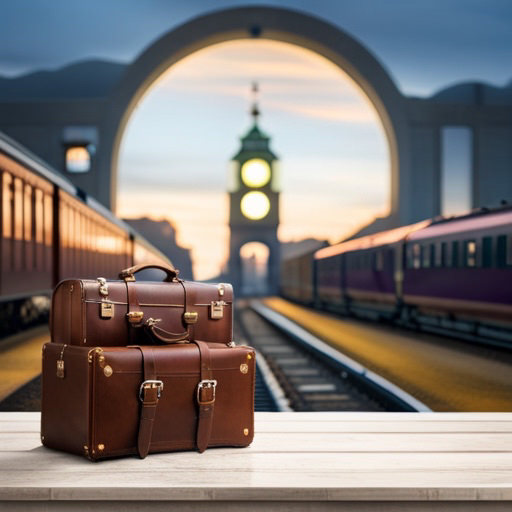As the world’s leading producer of coffee, Brazil has a vibrant coffee culture and industry that are deeply rooted in its history and economy. The unique characteristics of Brazilian coffee are a result of several factors that are intrinsic to its production and processing.
Firstly, the sheer variety of coffee beans grown in Brazil is astounding. The country cultivates an array of bean types including Arabica and Robusta. However, the diversity doesn’t stop at the broader level. Even within the Arabica species, Brazil produces several unique sub-varieties such as the Bourbon, Typica, Caturra, and Mundo Novo. Each of these beans has a distinctive flavor profile that contributes to the multifaceted nature of Brazilian coffee.
Secondly, Brazil’s climate and geography play a pivotal role in its coffee production. Its vast landmass provides an array of altitudes and conditions ideal for coffee cultivation. From the more temperate southern regions to the tropical northern areas, coffee is grown across a broad spectrum of altitudes and climates. This variety in altitude creates a fascinating range of flavor profiles in the coffee. Beans grown at higher altitudes tend to possess a floral, acidic profile, while those cultivated at lower altitudes often produce a fuller-bodied, nuttier taste. This complex interplay between altitude and flavor is one of the distinctive features of Brazilian coffee.
Thirdly, the processing methods employed in Brazil further contribute to the uniqueness of its coffee. The country is renowned for its natural or dry processing method, which involves sun-drying the entire coffee cherry. This technique, while having the risk of fermentation or mold if not carried out correctly, often results in a coffee with a robust body and sweeter taste. Additionally, Brazil also practices pulped natural and washed processing methods, each imparting different characteristics to the beans.
Finally, sustainability and innovation in farming practices have become hallmarks of Brazil’s coffee industry. Many Brazilian coffee farms are adopting eco-friendly practices and innovative technology to enhance their crop yield and quality. Whether it’s the use of environmentally friendly equipment or soil and water conservation strategies, Brazil’s commitment to sustainable coffee production is a significant factor in the specialness of its coffee.
The convergence of these factors – the variety of beans, ideal growing conditions, unique processing methods, and a commitment to sustainability and innovation – makes Brazilian coffee truly special. Each cup captures the essence of the country’s rich coffee culture and the dedication of the countless farmers who work tirelessly to produce this beloved beverage.
Please note that if you purchase from clicking on the link, some will result in my getting a tiny bit of that sale to help keep this site going.


